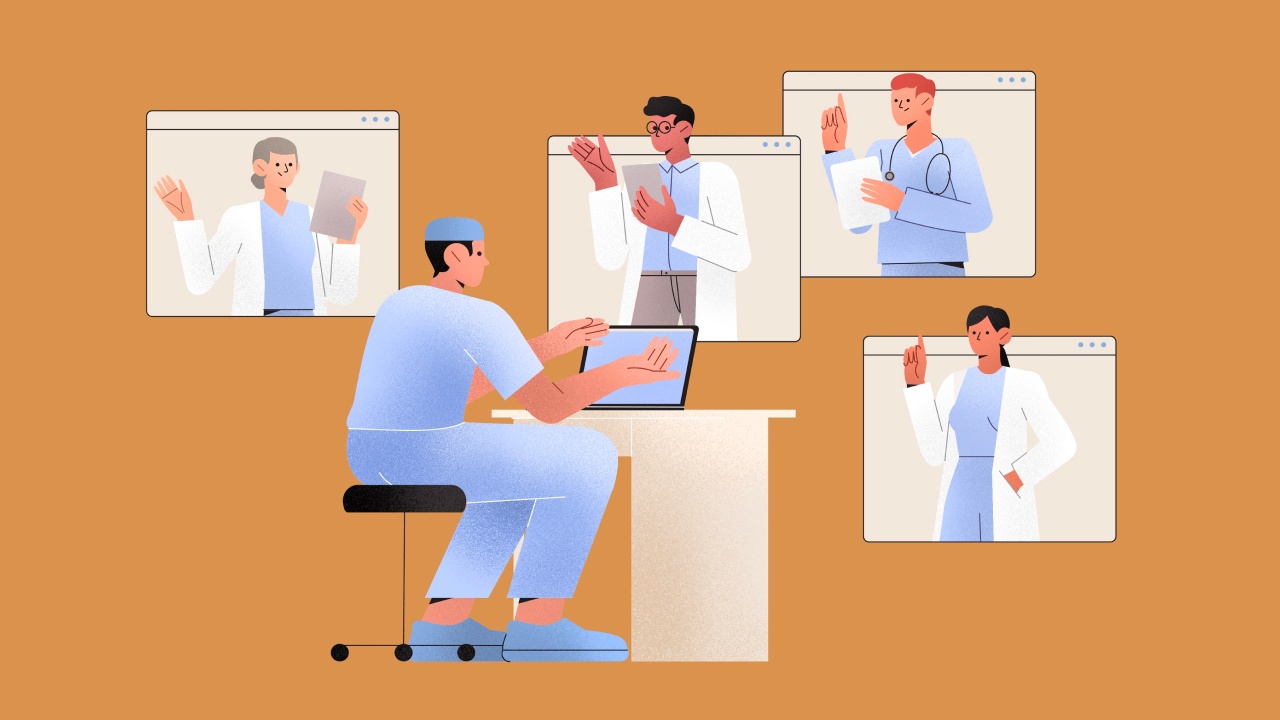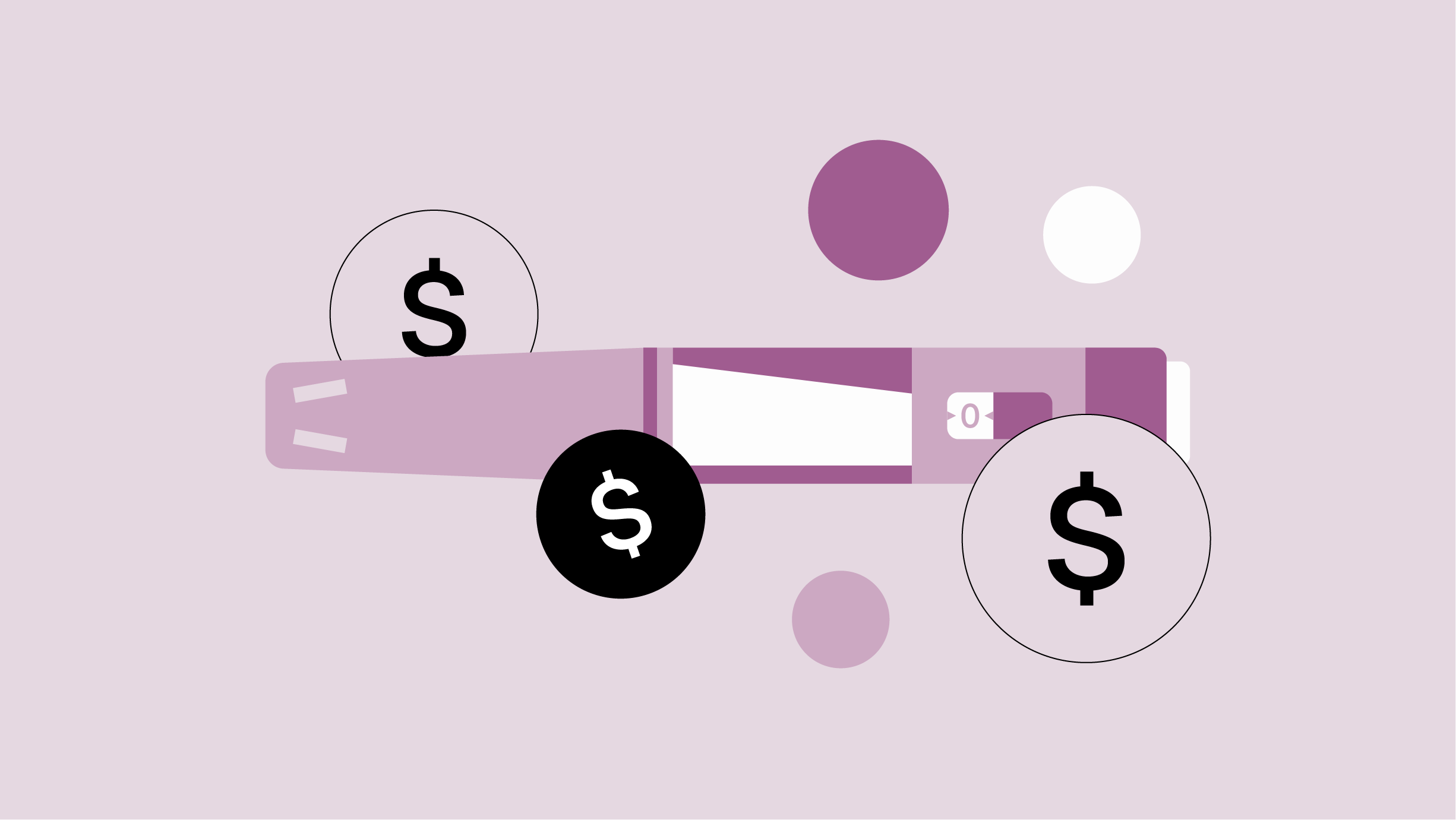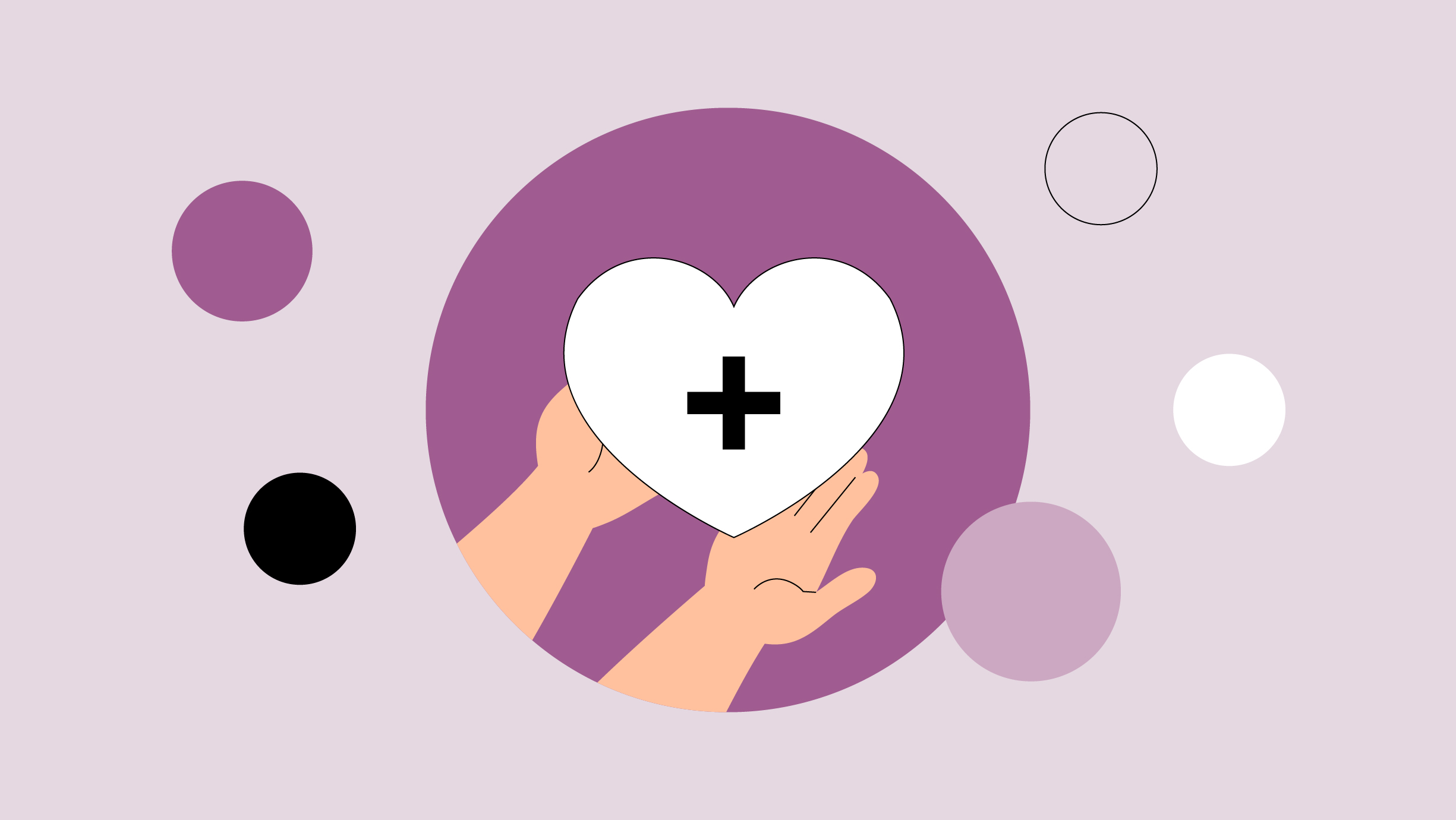
Zubsolv contains buprenorphine and naloxone. It is commonly used to treat opioid use disorder by reducing withdrawal symptoms and cravings. Buprenorphine acts by impacting opioid receptors, while naloxone supports proper medication use.
Zubsolv contains buprenorphine and naloxone. It is commonly used to treat opioid use disorder by reducing withdrawal symptoms and cravings. Buprenorphine acts by impacting opioid receptors, while naloxone supports proper medication use.
How should I use this medication?
Take this medication by mouth. Take it as directed on the prescription label at the same time every day. You do not need water to take this medication. The medication is placed under the tongue and allowed to dissolve. Be sure to take the right dose. If you take more than 2 tablets for your dose, you may put all the tablets at once under the tongue. If this is not comfortable, place 2 tablets at a time under the tongue. Allow the tablets to completely dissolve. Do not cut, chew, or swallow the tablets. Keep taking it unless your care team tells you to stop.
A special MedGuide will be given to you by the pharmacist with each prescription and refill. Be sure to read this information carefully each time.
Talk to your care team about the use of this medication in children. While this medication may be prescribed for children as young as 16 years of age for selected conditions, precautions do apply.
Overdosage: If you think you have taken too much of this medicine contact a poison control center or emergency room at once.
NOTE: This medicine is only for you. Do not share this medicine with others.
What if I miss a dose?
If you miss a dose, take it as soon as you can. If it is almost time for your next dose, take only that dose. Do not take double or extra doses.
Where should I keep my medication?
Keep this medication out of reach of children and pets. Store it out of sight in a safe place. Do not share it with others. Misuse of this medication is dangerous and against the law.
Store at room temperature between 20 and 25 degrees C (68 and 77 degrees F). Get rid of any unused medication after the expiration date.
This medication may cause harm and death if it is taken by other adults, children, or pets. It is important to get rid of the medication as soon as you no longer need it or it is expired. To get rid of this medication:
NOTE: This sheet is a summary. It may not cover all possible information. If you have questions about this medicine, talk to your doctor, pharmacist, or health care provider.
What side effects may I notice from receiving this medication?
Side effects that you should report to your care team as soon as possible:
Side effects that usually do not require medical attention (report to your care team if they continue or are bothersome):
This list may not describe all possible side effects. Call your doctor for medical advice about side effects. You may report side effects to FDA at 1-800-FDA-1088.
What should I tell my care team before I take this medication?
They need to know if you have any of these conditions:
What may interact with this medication?
Do not take this medication with any of the following:
This medication may also interact with the following:
Other medications may affect the way this medication works. Talk with your care team about all the medications you take. They may suggest changes to your treatment plan to lower the risk of side effects and to make sure your medications work as intended.
This list may not describe all possible interactions. Give your health care provider a list of all the medicines, herbs, non-prescription drugs, or dietary supplements you use. Also tell them if you smoke, drink alcohol, or use illegal drugs. Some items may interact with your medicine.
What should I watch for while using this medication?
Tell your care team if your pain does not go away, if it gets worse, or if you have new or a different type of pain. You may develop tolerance to this medication. Tolerance means that you will need a higher dose of the medication for pain relief. Tolerance is normal and is expected if you take this medication for a long time.
Taking this medication with other substances that cause drowsiness, such as alcohol, benzodiazepines, or other opioids can cause serious side effects. Give your care team a list of all medications you use. They will tell you how much medication to take. Do not take more medication than directed. Call emergency services if you have problems breathing or staying awake.
Long term use of this medication may cause your brain and body to depend on it. This can happen even when used as directed by your care team. You and your care team will work together to determine how long you will need to take this medication. If your care team wants you to stop this medication, the dose will be slowly lowered over time to reduce the risk of side effects.
Naloxone is an emergency medication used for an opioid overdose. An overdose can happen if you take too much of an opioid. It can also happen if an opioid is taken with some other medications or substances such as alcohol. Know the symptoms of an overdose, such as trouble breathing, unusually tired or sleepy, or not being able to respond or wake up. Make sure to tell caregivers and close contacts where your naloxone is stored. Make sure they know how to use it. After naloxone is given, the person giving it must call emergency services. Naloxone is a temporary treatment. Repeat doses may be needed.
This medication may affect your coordination, reaction time, or judgment. Do not drive or operate machinery until you know how this medication affects you. Sit up or stand slowly to reduce the risk of dizzy or fainting spells. Drinking alcohol with this medication can increase the risk of these side effects.
Wear a medical ID bracelet or chain. Carry a card that describes your condition. List the medications and doses you take on the card.
Tell your dentist that you are taking this medication. Take good care of your teeth while on this medication. Make sure you see your dentist for regular follow-up appointments.
This medication will cause constipation. If you do not have a bowel movement for 3 days, call your care team.
Your mouth may get dry. Chewing sugarless gum or sucking hard candy and drinking plenty of water may help. Contact your care team if the problem does not go away or is severe.
Talk to your care team if you may be pregnant. Prolonged use of this medication during pregnancy can cause temporary withdrawal in a newborn.
Talk to your care team before breastfeeding. Changes to your treatment plan may be needed. If you breastfeed while taking this medication, seek medical care right away if you notice the child has slow or noisy breathing, is unusually sleepy or not able to wake up, or is limp.
Long-term use of this medication may cause infertility. Talk to your care team if you are concerned about your fertility.
What are the most serious risks of this medication?
This medicine is a CNS depressant. It should be used carefully with other CNS depressant medicines. Taking more than one CNS depressant has a risk of deadly breathing problems. CNS depressants include: opioid pain medicines; opioid cough medicines; benzodiazepines; certain other sleep medicines and tranquilizers; muscle relaxants; antipsychotics; and alcohol in drinks or medicines. A healthcare provider can help identify which prescriptions, over-the-counter medicines, and supplements are CNS depressants. Get emergency medical help right away for anyone taking more than one CNS depressant who has unusual dizziness or lightheadedness, extreme sleepiness, slowed or difficult breathing, or unresponsiveness.
Source: This information is sourced from Elsevier Inc.






The reviews, ratings, comments, and opinions expressed on this platform are solely those of the individual medical professionals who posted them and do not reflect the views or positions of Sermo, Inc. Sermo does not endorse, verify, or validate the content of individual reviews. The information provided is user-generated and reflects personal clinical experiences, which may not be complete, accurate, or applicable to your specific health needs. It is not intended as medical advice.
Prescription medications affect individuals differently, and what works for one person may not work for another. Always consult your doctor, pharmacist, or other qualified healthcare provider to ensure the information displayed applies to your personal circumstances. Only a licensed healthcare provider can advise you on what is safe and effective for you.
Keep all medications out of the reach of children, never share your medicine with others, and use each medication only as prescribed. Your reliance on any information provided on this platform is at your own risk.
Sermo Drug Ratings, and all information provided on this website, may not be used in combination with any artificial intelligence tool (including to train an algorithm, test, process, analyze, generate output and/or develop any form of artificial intelligence tool).
Visitors to the online patient-facing website at Sermo.com (“Sermo Drug Ratings”) are Authorized Users of the website, which contains data owned by a third-party provider, Elsevier, Inc. Accordingly, by visiting Sermo Drug Ratings, Authorized User acknowledges that the website includes Elsevier owned data that Sermo licenses pursuant to a separate usage and Data agreement (the “Agreements”). Authorized User further acknowledges that Sermo is a third-party beneficiary of the Agreements and Authorized User’s use of the website hereby binds them to the terms of the Agreements; provided, however, that Elsevier shall have no obligations or liability to an Authorized User whatsoever pursuant to the terms of the Agreements.